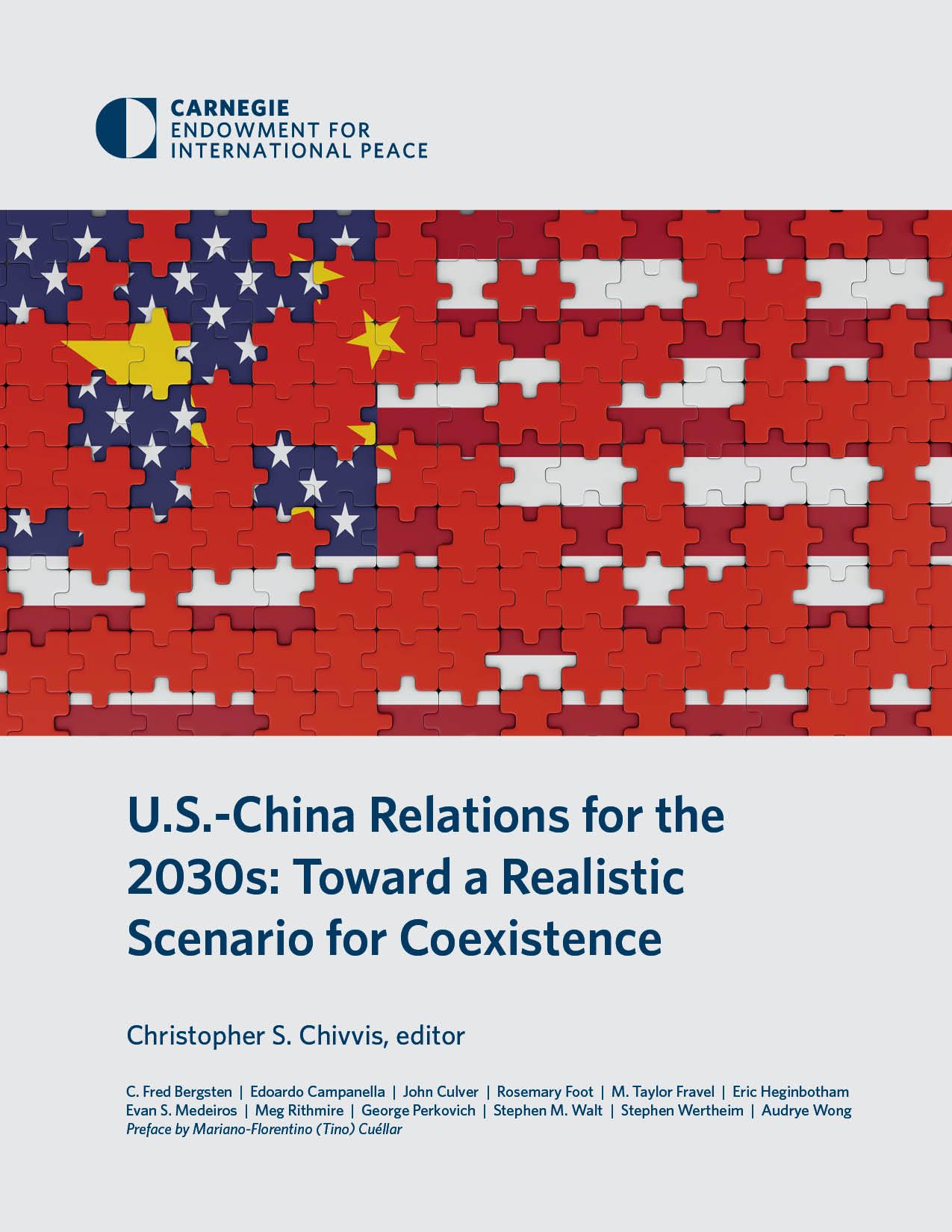Report on the Interplay of Socio-Environmental Factors and Biological Ageing in the Context of Sustainable Development Goals
1. Executive Summary
A comprehensive study published in Nature Medicine establishes a direct link between socio-political, environmental, and individual factors and the rate of biological ageing. The findings underscore the critical role of achieving the Sustainable Development Goals (SDGs) in promoting public health and longevity. The research, spanning 40 countries, identifies social inequality, institutional weakness, and air pollution as accelerators of ageing, while highlighting quality education as a primary protective factor. These results provide empirical evidence that progress on SDGs concerning health, education, inequality, environment, and governance has a measurable impact on human well-being at a biological level.
Key Findings and Alignment with Sustainable Development Goals (SDGs)
SDG 3: Good Health and Well-being
The study confirms that health and well-being are central to the ageing process. It identifies several medical factors that influence the ‘biobehavioural age gap’—the difference between a person’s chronological age and their biologically predicted age.
- Primary Medical Risk Factors for Accelerated Ageing:
- High blood pressure
- Hearing impairment
- Heart disease
- Unhealthy weight
- Alcohol consumption
- Sleep problems
- Diabetes
- Impaired vision
- Primary Protective Factors for Healthy Ageing:
- Ability to perform activities of daily living
- Sound cognitive abilities
- Regular physical activity
- Good memory
- Mobility and ability to walk well
SDG 4: Quality Education
The report places significant emphasis on education as a cornerstone of healthy ageing, directly supporting the objectives of SDG 4. Education emerged as one of the most powerful protective factors against accelerated biological ageing. This finding suggests that ensuring inclusive and equitable quality education is a fundamental public health strategy that contributes to longer, healthier lives across populations.
SDG 10: Reduced Inequalities & SDG 16: Peace, Justice and Strong Institutions
The research provides strong evidence linking societal structures to individual health outcomes, aligning with the goals of SDG 10 and SDG 16.
- Social Inequality: Identified as a key driver of faster ageing, highlighting how disparities within and among countries directly impact population health.
- Weak Democratic Institutions: The study links frail governance and political instability to accelerated ageing, suggesting that stable, just, and inclusive societies (SDG 16) are prerequisites for public health.
- Regional Disparities: The analysis revealed significant variations in ageing rates, with Egypt and South Africa showing the fastest ageing, while European nations exhibited the slowest. This gap underscores the impact of regional inequality on life outcomes.
SDG 11: Sustainable Cities and Communities
Environmental conditions were shown to be a critical determinant of ageing, particularly in relation to air quality, a key target of SDG 11. The study identified high levels of air pollution as a significant risk factor for faster ageing. This reinforces the need for sustainable urban planning and environmental protection to mitigate health risks and support healthy longevity for city dwellers.
Methodology and Global Collaboration (SDG 17: Partnerships for the Goals)
The study itself is an exemplar of SDG 17, representing a major international partnership. The research harmonized complex data sets over a three-year period, demonstrating a successful global collaboration to address a pressing health issue.
- Scope: The analysis included 161,981 participants from 40 countries across four continents (Africa, Asia, Europe, and Latin America).
- Technique: A machine-learning model was utilized to process diverse data points and predict a ‘biobehavioural age gap’ for each participant, allowing for a standardized comparison of ageing rates across different populations and conditions.
Conclusion and Implications for Global Development Policy
The findings demonstrate that the rate at which populations age is not solely determined by genetics or individual lifestyle choices but is profoundly influenced by the societal and environmental conditions in which people live. Progress towards the Sustainable Development Goals—specifically those targeting education, inequality, institutional strength, and environmental quality—is intrinsically linked to promoting good health and well-being (SDG 3). The report concludes that investing in strong institutions, reducing social and economic inequality, ensuring quality education, and creating sustainable environments are essential and effective strategies for improving public health and ensuring healthy ageing on a global scale.
Analysis of Sustainable Development Goals in the Article
-
Which SDGs are addressed or connected to the issues highlighted in the article?
The article discusses issues that are directly relevant to several Sustainable Development Goals (SDGs). The analysis identifies the following SDGs:
- SDG 3: Good Health and Well-being: The core theme of the article is health, specifically the factors that influence the rate of ageing. It explicitly mentions health conditions like high blood pressure, heart disease, and diabetes, as well as environmental health risks like air pollution.
- SDG 4: Quality Education: The article highlights education as a key protective factor against accelerated ageing, stating, “Education was one of the top factors that protected against faster ageing.”
- SDG 10: Reduced Inequalities: The study directly links “Social inequality” to faster ageing, pointing to disparities in health outcomes between different populations and countries.
- SDG 11: Sustainable Cities and Communities: The article mentions “high levels of air pollution” in a town in South Africa as a risk factor, connecting urban environmental quality to public health.
- SDG 16: Peace, Justice and Strong Institutions: The text identifies “weak democratic institutions” and “Political polarization” as social and political influences that contribute to faster ageing.
-
What specific targets under those SDGs can be identified based on the article’s content?
Based on the issues discussed, the following specific targets can be identified:
- Target 3.4: By 2030, reduce by one-third premature mortality from non-communicable diseases through prevention and treatment and promote mental health and well-being. This is relevant because the article lists risk factors for faster ageing such as “high blood pressure, hearing impairment and heart disease,” “unhealthy weight, alcohol consumption, sleep problems, diabetes and impaired vision.”
- Target 3.9: By 2030, substantially reduce the number of deaths and illnesses from hazardous chemicals and air, water and soil pollution and contamination. The article explicitly states that “high levels of air pollution” is a risk factor for faster ageing.
- Target 4.1: By 2030, ensure that all girls and boys complete free, equitable and quality primary and secondary education leading to relevant and effective learning outcomes. The article’s finding that “Education was one of the top factors that protected against faster ageing” supports the importance of this target for long-term well-being.
- Target 10.2: By 2030, empower and promote the social, economic and political inclusion of all. The article’s connection of “Social inequality” to accelerated ageing directly addresses the health consequences of exclusion and inequality.
- Target 11.6: By 2030, reduce the adverse per capita environmental impact of cities, including by paying special attention to air quality. This is supported by the example of a woman in a South African town with “heavy air pollution” and the general finding that air pollution is a risk factor.
- Target 16.6: Develop effective, accountable and transparent institutions at all levels. The article’s assertion that “weak democratic institutions” are linked to faster ageing points directly to the importance of institutional quality for public health.
-
Are there any indicators mentioned or implied in the article that can be used to measure progress towards the identified targets?
The article mentions or implies several indicators that can measure progress:
- Prevalence of non-communicable diseases: The article lists “high blood pressure,” “heart disease,” and “diabetes” as risk factors. The rates of these conditions in a population are direct indicators for Target 3.4.
- Levels of air pollution: The mention of “high levels of air pollution” serves as a direct environmental indicator relevant to Targets 3.9 and 11.6. This corresponds to official indicators like PM2.5 levels.
- Educational attainment levels: Since the article identifies “education” as a top protective factor, the level of education within a population can be used as an indicator for Target 4.1’s impact on long-term health.
- Disparities in ageing rates between countries: The article notes that “Egypt and South Africa had the fastest ageing, whereas European countries showed the slowest.” This difference, which the study links to social and political factors, can serve as a proxy indicator for the health impacts of inequality (Target 10.2).
- Biobehavioural age gap: The study’s primary metric, the “biobehavioural age gap,” is presented as a novel indicator that synthesizes the impact of medical, social, and environmental factors on an individual’s health and ageing process. It can be used to measure the overall effectiveness of interventions related to health, inequality, and institutional stability.
SDGs, Targets, and Indicators Summary
| SDGs | Targets | Indicators (Mentioned or Implied in the Article) |
|---|---|---|
| SDG 3: Good Health and Well-being | 3.4: Reduce premature mortality from non-communicable diseases. 3.9: Reduce deaths and illnesses from air pollution. |
Prevalence of high blood pressure, heart disease, and diabetes; The ‘biobehavioural age gap’; Mortality/illness rates attributed to air pollution. |
| SDG 4: Quality Education | 4.1: Ensure access to quality education. | Level of education in a population (identified as a protective factor). |
| SDG 10: Reduced Inequalities | 10.2: Promote social, economic, and political inclusion. | Disparities in ageing rates between countries due to social inequality. |
| SDG 11: Sustainable Cities and Communities | 11.6: Reduce the adverse per capita environmental impact of cities, focusing on air quality. | Levels of air pollution in urban areas. |
| SDG 16: Peace, Justice and Strong Institutions | 16.6: Develop effective, accountable and transparent institutions. | Rate of ageing as a proxy indicator for the health impacts of weak democratic institutions and political polarization. |
Source: nature.com







